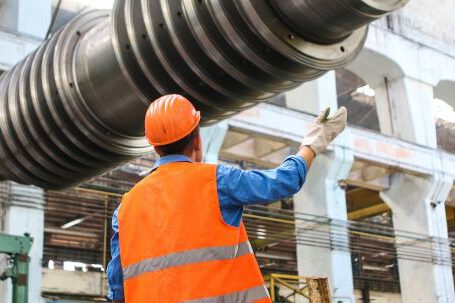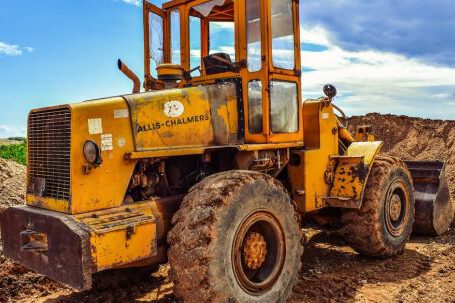The evolution of excavators has been nothing short of spectacular. From their humble beginnings as simple machines designed to dig trenches and move earth, to their modern form as complex multi-function machines capable of performing a wide variety of tasks, excavators have come a long way.
Origins of the Excavator
The first excavators were designed in the early 19th century to facilitate the digging of trenches by hand. The machine consisted of two wheels and a bucket suspended from a frame, and was typically powered by horses. While the machine did help to speed up the process of trench digging, it was still a labor-intensive process.
The Rise of Hydraulic Excavators
The development of hydraulic technology in the early 20th century led to the emergence of the first hydraulic excavators. These machines were powered by fluid, usually hydraulic oil, and could be used to dig much deeper and more quickly than their predecessors. This allowed for the digging of foundations and other deep excavations, greatly increasing the efficiency of construction projects.
Modern Excavator Features
As technology continued to advance, so did the capabilities of excavators. Today, modern excavators are equipped with a wide array of features, including:
- Robotic arms that allow for precision movements and control.
- GPS navigation and guidance systems.
- Backhoes that can be used to dig trenches and other excavations.
- Cabins with climate control and other amenities.
- Automatic attachments that can be used for a variety of tasks.
These features have revolutionized the use of excavators, allowing them to be used for a much wider range of tasks than ever before.
Excavators in the Future
As technology continues to evolve, so too will the capabilities of excavators. In the future, we can expect to see the emergence of even more advanced features such as:
- The ability to sense and avoid obstacles.
- Intelligent control systems that can automate complex tasks.
- Greatly increased power and efficiency.
- The ability to work in hazardous or difficult environments.
In addition, we can also expect to see the development of new types of excavators, such as those designed specifically for underground mining and other specialized tasks.
Conclusion
The evolution of excavators has been nothing short of amazing. From their simple origins as machines designed to dig trenches, to their modern form as powerful and versatile machines capable of performing a variety of tasks, excavators have come a long way. And with the continued development of technology, we can only expect that they will continue to evolve and expand their capabilities, allowing them to perform even more complex and specialized tasks in the future.






